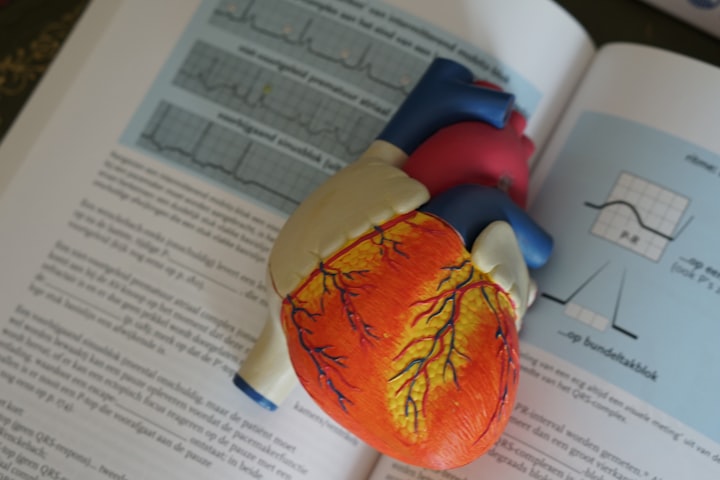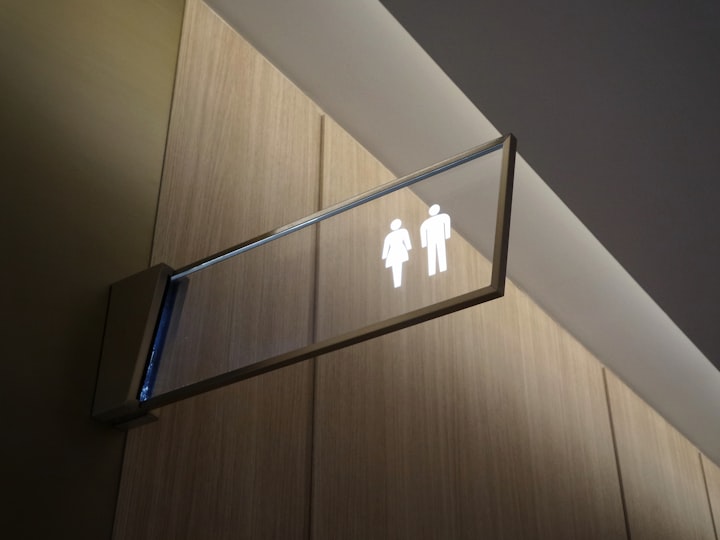Do You Have Prostatitis? How to Identify Your Type?
Could It Be Prostatitis? Identifying the Signs and Types

The prostate, a male-exclusive gland, plays a pivotal role in the urinary and reproductive systems. Encased by a protective capsule, it's generally shielded from infections and inflammations. However, various factors such as diminished overall resistance, extreme fatigue, prolonged sexual activities, or even prolonged periods of abstinence can lead to congestion within the prostate, creating a breeding ground for pathogens.
Moreover, certain occupations, like long-distance drivers or those entailing prolonged sitting, may experience chronic pelvic congestion due to poor blood flow in the pelvic region, elevating the risk of developing prostatitis.
Identifying Prostatitis and Its Types
The rush to diagnose prostatitis, particularly among patients presenting with sexual dysfunction, has become a concern. While prostatitis can indeed accompany sexual dysfunction, the latter isn't necessarily indicative of the former.
Chronic prostatitis often manifests through a constellation of symptoms beyond the urinary tract issues. These include lower abdominal pain, discomfort in the pubic bone area, perineal swelling and pain, and even a burning sensation or pain during urination. A definitive diagnosis hinges on specific tests like prostate fluid examination and the three-glass urine test, with an abnormal increase in white blood cells serving as a crucial diagnostic marker.
Navigating the Treatments
The treatment for prostatitis poses unique challenges, largely due to the prostate's protective capsule that hinders effective drug penetration. Initial treatments often involve a short course of antibiotics. However, if this proves ineffective, it's essential to avoid prolonged antibiotic use due to potential side effects and the burden it places on the patient's wellbeing.
An alternative approach involves traditional Chinese medicine, such as the Diuretic and Anti-inflammatory Pill, known for its capacity to bypass the capsule barrier and deliver therapeutic agents directly to the affected site. Complementary therapies aimed at alleviating prostate burden, enhancing immune function, and improving local blood circulation are also advocated to reduce recurrence risk.
Lifestyle Adjustments and Supportive Therapies
Incorporating a blend of physical activities and therapeutic techniques can significantly bolster one's fight against prostatitis, offering a path toward recovery. Here's an enriched perspective on those methods:
Elevating Physical Fitness and Immunity Through Exercise:
Engaging in regular physical activities not only fortifies overall health but also strengthens the body's defense mechanisms against diseases. Exercise catalyzes the enhancement of circulatory and respiratory system functions, which, in turn, promotes optimal blood flow. This increased circulation delivers vital immune elements like white blood cells and antibodies more efficiently throughout the body, including the prostate area, thus fortifying the body's disease-combating abilities.
Particularly for individuals with desk-bound lifestyles, it's advisable to intersperse work with short activity breaks. Simple movements such as stretching, squatting, or even brief walks every hour can significantly ameliorate pelvic circulation, diminishing the risk of chronic pelvic congestion. Incorporating a routine of 15-minute sit-ups daily can further aid in maintaining healthy pelvic blood flow.
Favoring aerobic exercises like jogging, swimming, biking, and other oxygen-intensive activities can remarkably revitalize the body's circulatory and respiratory systems, fostering a balanced functioning of bodily systems.
Enhancing Prostate Health Through Massage and Sitz Baths:
Regular prostate massages contribute to the effective drainage of prostate fluid, which is crucial in preventing the buildup of harmful pathogens. Typically performed by medical professionals, these massages ensure the clearance of excess fluids. For those unable to access professional services regularly, engaging in regulated sexual activity can similarly aid in maintaining fluid balance.
Targeted perineum massage, given its proximity to the prostate, can significantly boost local blood supply, enhancing the health of the prostate.
Moreover, incorporating warm water sitz baths or pelvic baths into one's routine can stimulate improved blood circulation in the prostate region, thanks to the soothing effect of warm water.
With dedication to the aforementioned strategies for a span of 3-6 months, a complete resolution of prostatitis symptoms is achievable. Despite the challenges this condition presents, adopting a comprehensive approach encompassing both medical and lifestyle interventions has been recognized as the most efficacious treatment pathway. Persistence and a positive outlook are key in navigating through this journey towards healing.
Conclusion
While prostatitis can be a challenging condition to manage, a combination of accurate diagnosis, targeted treatment, and lifestyle modifications can lead to significant improvements. With patience and persistence, complete recovery is achievable, highlighting the importance of a comprehensive and holistic approach to managing this condition.
About the Creator
Jane Smith
Haha, just to share some health knowledge.






Comments
There are no comments for this story
Be the first to respond and start the conversation.